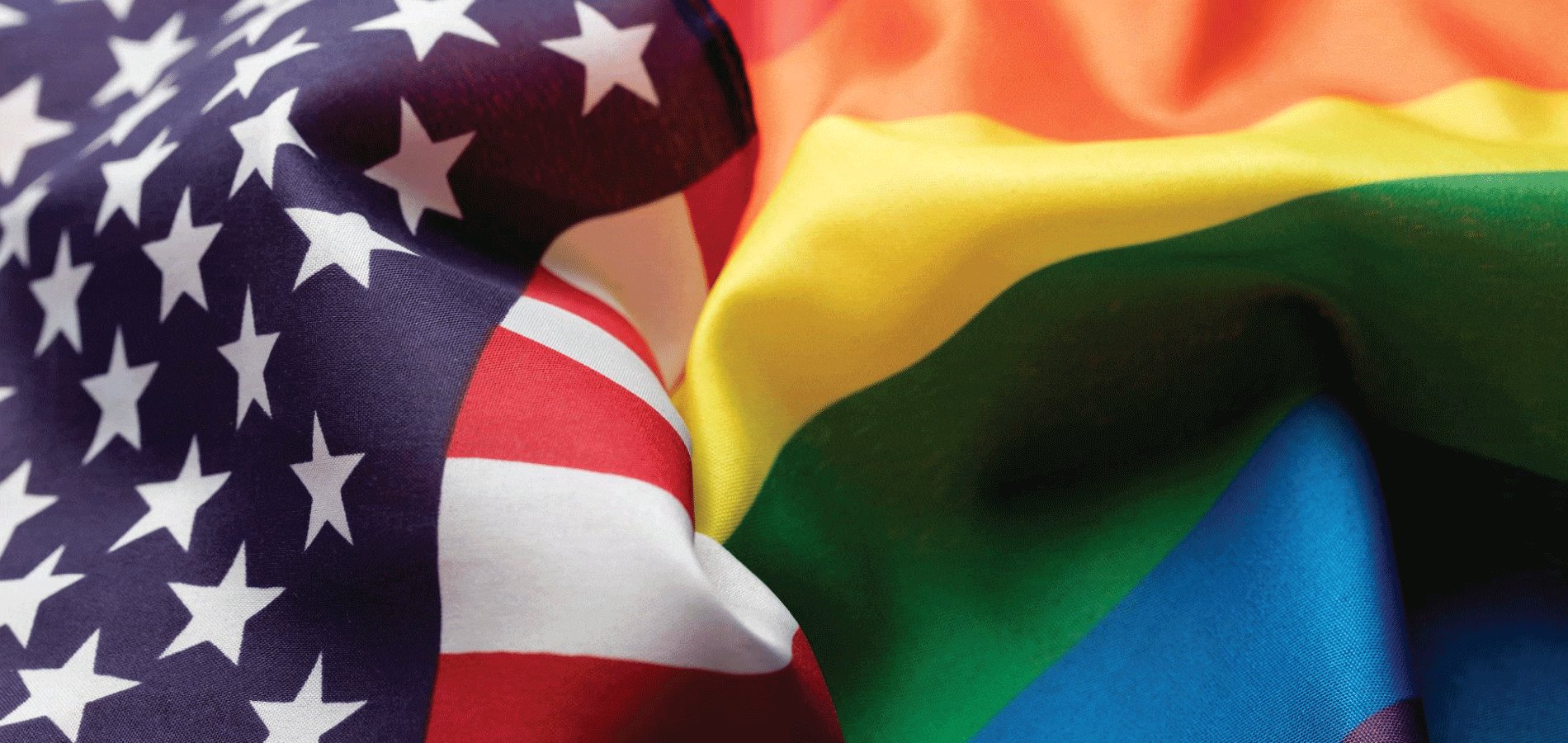World-renowned pop singer Katy Perry was recently dealt a crushing blow when a jury found that her song “Dark Horse” had copied the work of gospel rapper Marcus Gray. The infringed song, “Joyful Noise,” was said to have an identical beat to “Dark Horse” in terms of length, rhythm, and pitch.
Several points were made in defense of Perry and her co-writers:
- Perry’s attorneys argued that “each of the purported similarities between the works are commonplace.”
- Music experts offered two compositions with a similar melody that predate “Joyful Noise.”
- Perry and her colleagues testified that they had never heard of the song or its creator.
Nevertheless, musical copyright infringement judgments often boil down to similarity in sound and ability for the infringer to access the work. Ultimately, the jury decided that Perry’s team had copied “Joyful Noise,” and Gray should be awarded $2.78 million, 22.5% of “Dark Horse” profits.
The decision has left musicians and songwriters reeling. Some say that the identical beat is so simple, it should not be copyrighted. Others argue that the “ability to access” factor in infringement lawsuits is outdated, as music streaming has made nearly everything accessible. Many agree that, regardless, verdicts like these will curb creativity.
Copyright law is, by nature, a challenging field to navigate. To help, HeinOnline has compiled critical U.S. legislation relating to intellectual property into one unique database.
Intellectual Property Law Collection
HeinOnline’s Intellectual Property Law Collection makes it easy to research all relevant legislation in one place. With nearly 1,230 titles, this database features more than 7 million pages of legislative histories, treatises, books, classic works, periodicals, and more related to copyrights, patents, and trademarks in the United States.
The database includes:
- More than 100 legislative histories from 1909 to date, providing legislative insight into copyright and trademark laws
- The Code of Federal Regulations, Title 37, and U.S. Code, Titles 15, 17, and 35
- Nearly 90,000 pages of federal agency decisions relating to intellectual property
- More than 1 million pages of the Official Gazette of the United States Patent Office
- Comprehensive coverage of the Manual of Patent Examining Procedure and Federal Communications Commission Record
- More than 1,000 books and periodicals on the subject of intellectual property
- And much more!
Discover how Katy Perry lost the Dark Horse battle using HeinOnline’s authoritative collection. If you don’t yet subscribe to the Intellectual Property Law Collection, follow the link below to start a trial today.
Defining U.S. Copyright Law
The Copyright Clause of the U.S. Constitution defines the purpose of intellectual property rights as “to promote the Progress of Science and useful Arts, by securing for limited Times to Authors and Inventors the exclusive Right to their respective Writings and Discoveries.”
Copyrights—and intellectual property rights in general—are thus intended to foster creative contributions to society by awarding creators exclusive rights to their work. Specifically, copyright law grants creators six exclusive rights:
- To reproduce their own work
- To create derivative works based on their own work
- To distribute, sell, or transfer ownership of their work
- To publicly perform the work, if applicable
- To publicly display the work, if applicable
- To digitally transmit sound recordings, if applicable
These fundamental artist rights are outlined in federal law through Title 17, Section 106 of the U.S. Code. To find them in the Intellectual Property Law Collection, select the U.S. Code subcollection. Choose Title 17 and use the electronic table of contents to find Section 106.
Violating any of these federal rights is considered copyright infringement. Exceptions to copyright infringement in the U.S. include:
- Fair use: A doctrine that allows for limited use of copyrighted material without permission.
- Public domain: Works with no applicable intellectual property rights due to expiration, waiver, or forfeit.
- Thresholds of originality: A threshold separating works original enough to warrant copyright protection from those which are not.
- Idea-expression dichotomy: A concept which distinguishes ideas from expressions of ideas.
A History of Copyright Law in the U.S.
Eighteenth Century
The federal government has not always been the sole arbiter of copyright law. In fact, under the Articles of Confederation, no provision existed for copyright protection until 1783, when the Continental Congress passed a resolution to encourage state copyright legislation. Following the resolution, every state except Delaware passed a copyright statute by 1786. The following year, James Madison and Charles C. Pinckney proposed that Congress be given the power to grant copyright at the Constitutional Convention of 1787. Their proposals are the foundation of the U.S. Constitution’s Copyright Clause.
The Copyright Act of 1790, the first federal U.S. copyright act, awarded authors the sole right to publish and sell books, charts, and maps for a limited period of 14 years, with the right to renew for an additional 14-year term. At this time, copyright protection did not exist for other written works such as newspapers, musical compositions, or foreign writings. Amendments to the act in 1802 and 1819 added copyright protection to etchings, required notice of copyright registration, and expanded jurisdiction to circuit courts.
Nineteenth Century
The first major revision to existing copyright law was made with the Copyright Act of 1831. The act extended the copyright term to 28 years, extended the statute of limitations, and added print versions of musical compositions to the list of copyrightable works.
In 1834, the U.S. Supreme Court decided its first copyright case, Wheaton v. Peters, establishing the power of Congress to require conditions for copyright and rejecting the concept of common-law copyright in published works. Users can find the case within the Intellectual Property Law Collection by selecting the subcollection entitled “Federal Agency Decisions.” Users can also locate this case by entering the official case citation in the Case Law tab to either view this case in HeinOnline’s U.S. Supreme Court Library or via Fastcase.
The International Copyright Act of 1891 was the first federal U.S. act to extend copyright protection to foreign copyright holders. Previously, no provision in U.S. law had protected the creators of foreign works, resulting in a reciprocal lack of copyrights for American creators in other countries. Under the 1891 act, limited copyrights could be granted to creators from select nations, thus protecting American creators in those nations as well. Users can find the legislative history for the act by selecting the “Legislative Histories” subcollection within the Intellectual Property Law Collection.
Twentieth Century
During his administration, President Theodore Roosevelt expressed to Congress an urgent need for a complete revision of copyright law. As a result, Congress passed the Copyright Act of 1909 to clarify that only published works with a valid copyright notice could be given legal copyright protection. View the legislative history of the act in the Intellectual Property Law Collection.
Movements to revise the 1909 act appeared in 1955. President Gerald Ford later signed the Copyright Act of 1976, another major revision of copyright law which superseded the 1909 act, with exceptions.* The new act clearly defined the six basic exclusive rights of creators, codified the “fair use” doctrine, and removed the prior system of initial and renewal term limitations for most works—instead, a standard copyright period was implemented, encompassing the life of the creator as well as fifty years after the creator’s death. View the legislative history of the act in the Intellectual Property Law Collection.
After initially refusing for more than 100 years, the United States became party to the Berne Convention for the Protection of Literary and Artistic Works in 1988 (the Convention was originally signed in 1886). Signing the international treaty helped to establish the copyright of American works in Berne Convention countries. To implement the conditions of the Berne Convention, the U.S. passed the Berne Convention Implementation Act of 1988. View the legislative history of the act in the Intellectual Property Law Collection.
*Copyrighted works created before the 1976 act went into effect (in 1978) fall under the Copyright Act of 1909. Everything after 1978 still falls under the Copyright Act of 1976 today.
Twenty-First Century
In 1998, the Copyright Term Extension Act (also known as the Sonny Bono Act) extended the length of copyright periods. Amending the Copyright Act of 1976, the act increased the copyright term to the life of the author plus 70 years. Works created before the 1976 act were given an extended copyright period of 20 years, totaling a copyright period of 95 years from their publication date. For example, this means that Mickey Mouse, created in 1928, will enter the public domain in 2024. View the legislative history of the Sonny Bono act in the Intellectual Property Law Collection.
Also in 1998, the Digital Millennium Copyright Act criminalized attempts to bypass access controls to copyrighted works, as well as the distribution of technology or services which can aid in bypassing access controls. Additionally, the act created a safe harbor for internet service providers against infringement liability as long as they established a procedure to bar users from access to potentially infringing material. The subsequent system implemented by online service providers is referred to colloquially today as the “notice-and-takedown” procedure. View the legislative history of the act in the Intellectual Property Law Collection.
As technology has changed, existing copyright law through the 1976 act has been amended in an attempt to keep up with the times. However, many are looking ahead to the next comprehensive revision to copyright law. Maria A. Pallante, a HeinOnline author, attorney, and previous Register of Copyrights, details a potential new copyright law in her article The Next Great Copyright Act. Users can find Pallante’s article in the Intellectual Property Law Collection by performing a full text search for the article title name in quotes. The article will appear as the first result. To discover more of Pallante’s most-discussed topics and publications, use HeinOnline’s brand-new Explore This Author feature.
Whether or not there is a “next great copyright act,” keep up with current developments in U.S. copyright law as HeinOnline continues to grow its Intellectual Property Law Collection.
Enjoy learning about the context of hot topics? Curious about the other special collections offered in HeinOnline? Hit Subscribe at the top of this post to stay in the know.
Don’t forget to connect with HeinOnline on our social media platforms: Facebook, Twitter, Instagram and YouTube.



